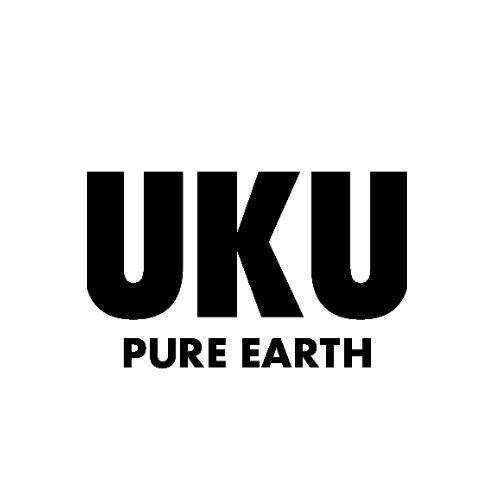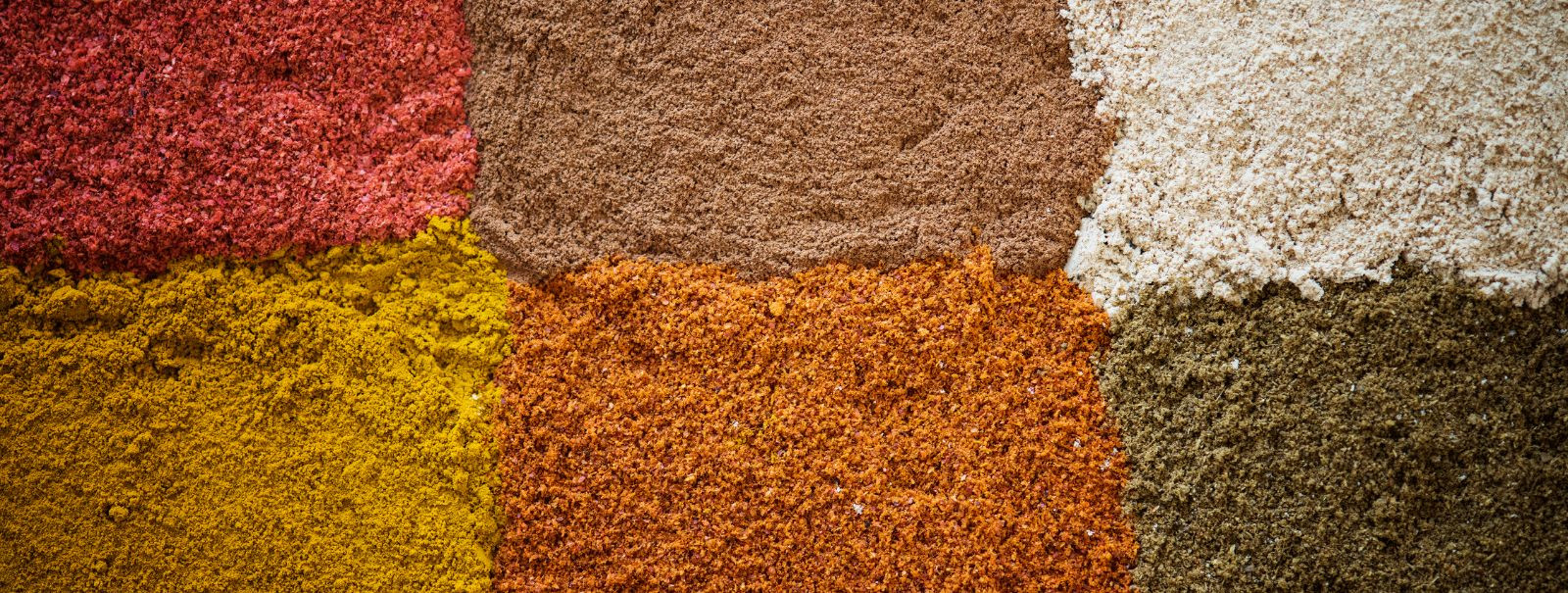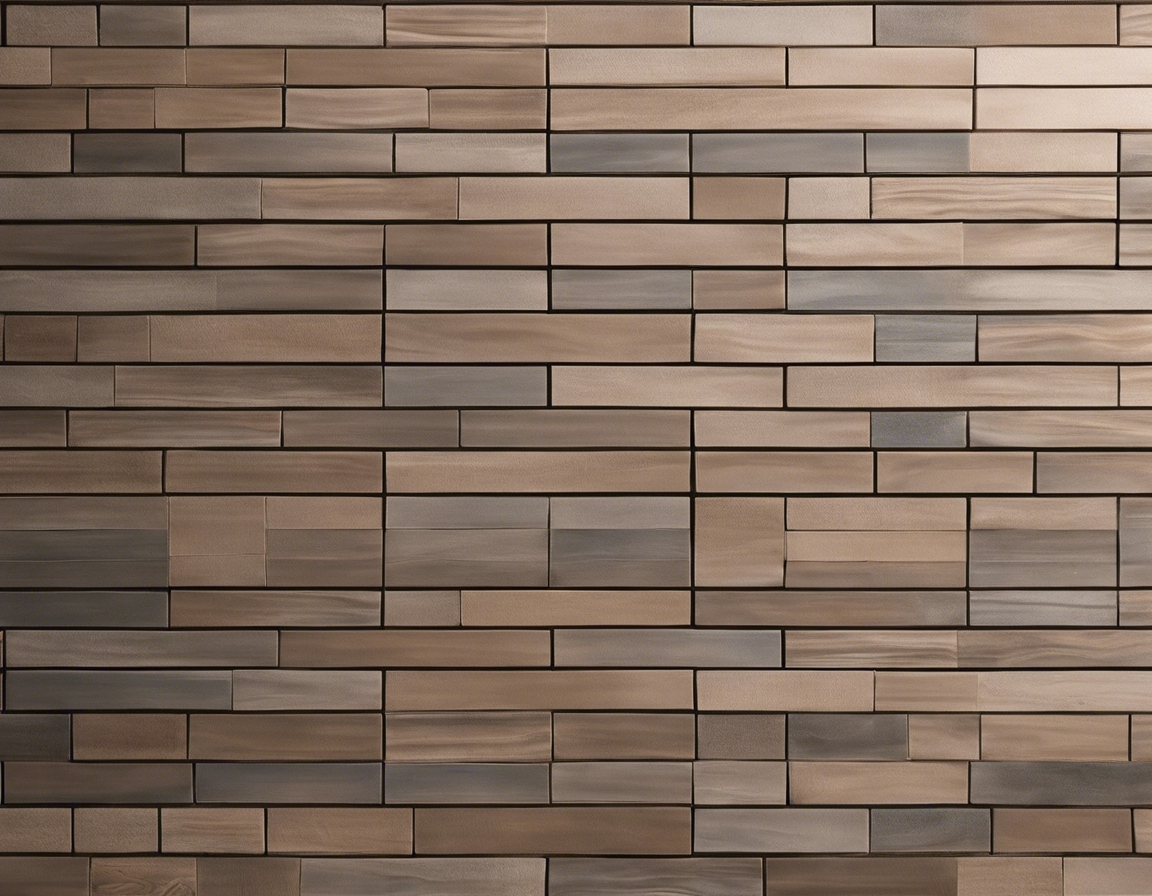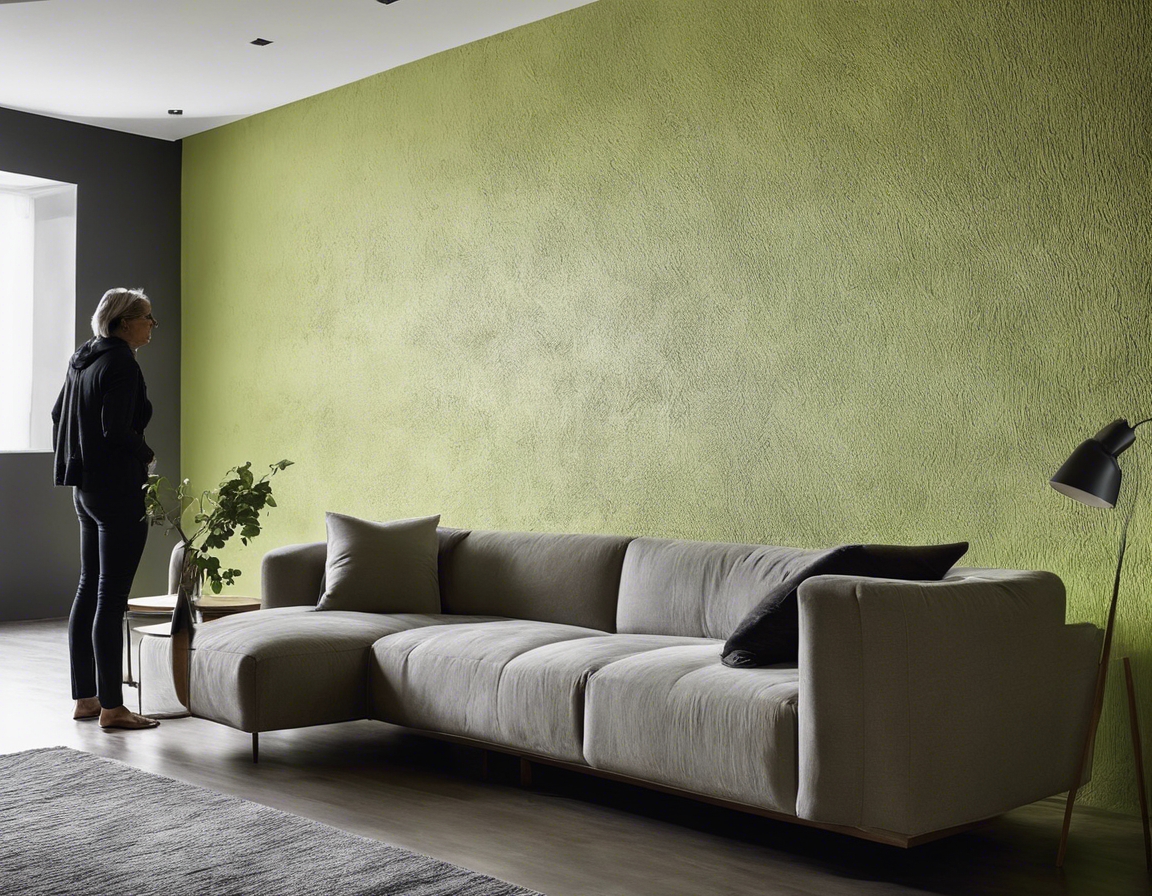Creating custom colors with natural pigments
Natural pigments are colorants derived from organic sources such as plants, minerals, and even certain insects. Unlike synthetic pigments, which are manufactured through chemical processes, natural pigments have been used for centuries to add color to a variety of materials, including textiles, paints, and cosmetics.
For eco-conscious individuals and professionals, natural pigments offer a sustainable and non-toxic alternative to synthetic colors. They are biodegradable, often have a lower environmental impact, and can provide a unique aesthetic that is deeply rooted in the natural world.
Understanding Color Theory
At the heart of custom color creation is a solid understanding of color theory. Primary colors, which cannot be made by mixing other colors, form the basis of all other hues. Secondary colors are created by mixing two primary colors, while tertiary colors result from the combination of a primary and a secondary color.
The color wheel is an essential tool for anyone working with pigments. It helps creators visualize the relationship between colors and guides the mixing process to achieve the desired custom shade.
Collecting and Preparing Natural Pigments
Natural pigments can be sourced from a variety of materials. Earthy tones often come from clays and minerals, greens from plant leaves, blues from berries or stones like lapis lazuli, and reds from roots or insects like the cochineal.
Once collected, natural pigments must be processed to be suitable for use. This may involve grinding, washing, and sometimes heating to intensify the color and ensure its stability when applied.
Creating Your Own Custom Colors
Mixing natural pigments requires patience and precision. Start with small amounts, gradually adding pigments and thoroughly mixing to avoid creating an excess of unwanted color.
Always test your color mixtures in small batches before applying them to your final project. This allows for adjustments to be made without wasting materials. Keep notes of your ratios to replicate the color in the future.
Different surfaces may require different approaches when applying natural pigments. Porous surfaces like wood may absorb color differently than smoother surfaces like plaster. It's important to understand how your medium interacts with the pigments to achieve the best results.
Preservation and Sustainability
To ensure the longevity of your custom colors, proper preservation techniques such as sealing and protecting from direct sunlight are crucial. This not only maintains the vibrancy of the color but also supports sustainable practices by reducing the need for frequent reapplication.
Using natural pigments is inherently a more sustainable practice, but there are additional steps one can take to minimize environmental impact. Sourcing pigments locally, using non-toxic binders, and responsibly disposing of waste all contribute to a more sustainable use of natural pigments.






Comments (0)